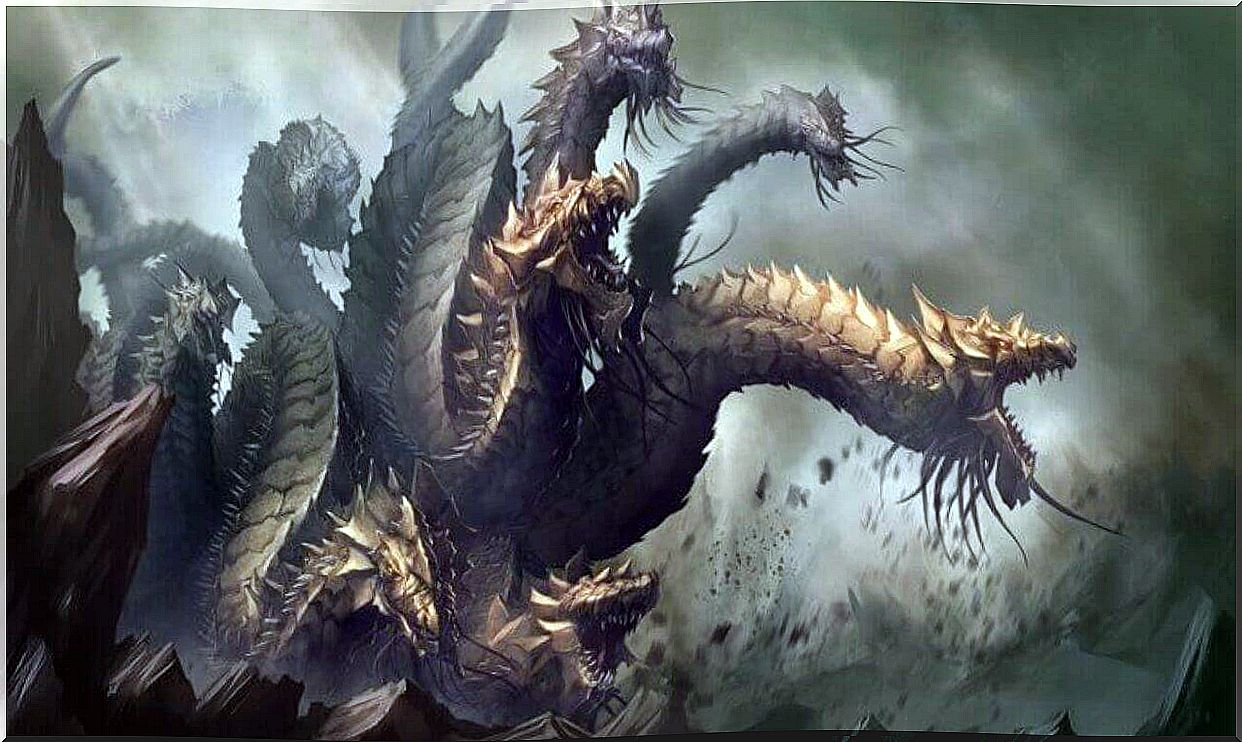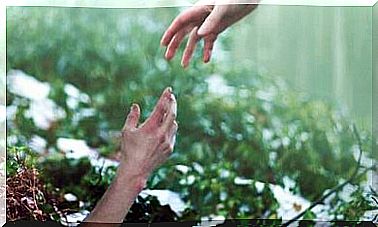Learning To Be Antifragile: The Art Of Moving Through Uncertainty

Chaos, uncertainty, instability, unforeseen events, hyperconnectivity, loneliness, anxiety, etc. Our society could be defined by these and many other adjectives that occupy the spotlight in times of crisis. Amidst this scenario, there is a survival strategy: learn to be antifragile, an interesting feature introduced by essayist Nassim Nicholas Taleb in 2012.
Surviving and thriving in such a changing and challenging environment is, to say the least, difficult. However, there are not only people who merely survive this; some of them even manage to take advantage of turbulent times like these.
Also, in defining this term, it is common to use the metaphor of the hydra—the mythical serpent that was nearly impossible to destroy. When his head was cut off, two more emerged from his wound.
This image somehow outlines the personalities that are able to respond independently of stress, pain, and difficulties.
Obviously, applying this approach to life is not easy. First of all, it is necessary to go through a phase of greater weakness to then become aware of what a defeat really is, which involves falling into the deep end for some time.
Only when we go through the learning of adversity can we heal the psychological wounds by coating them with some new material, as strong as carbon, to return, according to Taleb, as “antifragile”.

What is it to be antifragile?
Nassim Taleb published the book The Black Swan in 2007. In it, he spoke of those unexpected and unpredictable events that, from time to time, occur in our world. Somehow, this financier and researcher, mathematician from New York University, forced us to realize that people have become accustomed to taking many things for granted, leaving little room for the “chaos factor” that, from time to time, it changes any area of our reality.
A black swan is, for example, an economic or health crisis, but it can also be a personal loss, an unexpected failure, etc.
Assuming we can’t get everything under control was, without a doubt, the first lesson Taleb taught us from his book. However, he surprised us again 5 years later, this time with another term, another idea that came to complement the previous proposal.
To get around this lake of uncertain waters, where every now and then it is possible to see a black swan, the best thing is to learn to be antifragile. Why do that? Very simple: to deal with the stress caused by the unforeseen, to develop a balanced, attentive and skillful approach, to survive every chaotic situation, every difficult, unexpected and complex experience.
You can be fragile, robust or antifragile
Nassim Taleb explains in his book that human beings can demonstrate three types of behavior in the face of any challenging event.
- We can, for example, act by being fragile. This is a state that we’ve all been through more than once and that we know perfectly well. It’s living with a permanent and unbearable anguish. The author himself gives the example of Damocles and the sword that was always over his head, threatening to take his life. The stress experienced by the feeling that something bad is going to happen and not knowing how to react puts us in a state of continual suffering.
- It is possible to act by being strong, enlightened and robust. The example given here is the phoenix bird. Someone who is reborn after being destroyed and returns even stronger, but does not show greater intelligence or wisdom.
- Finally, Nassim Taleb focuses on the importance of learning to be antifragile. To be like a hydra, someone who may have his head cut off, but who, from the wound, will grow two other heads. It means reacting with great ingenuity in the midst of chaos and making the situation of stress or difficulty a scenario to rise and grow, finding its power.

Is being resilient the same thing?
The field of antifragility basically starts from the economic area. The resilience, in turn, of the world of physics.
Even so, these concepts were decisively designed in the field of psychology and, mainly, in the field of personal growth. For this reason, many wonder if both ideas are describing the same reality. The answer is no.
Resilience defines our ability to adapt to adverse situations, to learn from them and come out stronger. Being antifragile goes beyond just adapting to complicated, uncertain or demanding moments. It’s taking advantage of them. It is to position yourself with skill, seeing uncertainty as an opportunity for growth and power.
Furthermore, antifragility is indisputably born out of fragility itself. Only when we feel the effects of fate’s chaos on ourselves can we strengthen our skin, our heart and our mental focus to understand that we need to react. And it is not enough just to defend ourselves from difficulties, it is necessary to act with ingenuity to prosper in times of crisis.
How to learn to be antifragile
We know: we are not hydra and would not like to be. Learning to be antifragile doesn’t mean becoming hard-skinned, cold-feeling monsters. In fact, this concept has nothing to do with being aggressive. In fact, it would be necessary to work on the following dimensions:
- Learn to deal with stress;
- Understand and accept all our emotions;
- Using anxiety in our favor rather than against us, activating it to inject motivation and resilience.
- Be creative to define multiple answers to the same problem;
- Accept uncertainty, understand that life can vary, that what we consider natural today may no longer exist;
- Reduce fear of change ;
- Understanding what we need in each moment and achieving it, knowing also to see what growth opportunities exist around us and taking advantage of them without hesitation.
In conclusion, learning to be antifragile can be an ideal survival strategy for many moments. Let’s learn from these interesting proposals to advance a little more in our life project.









